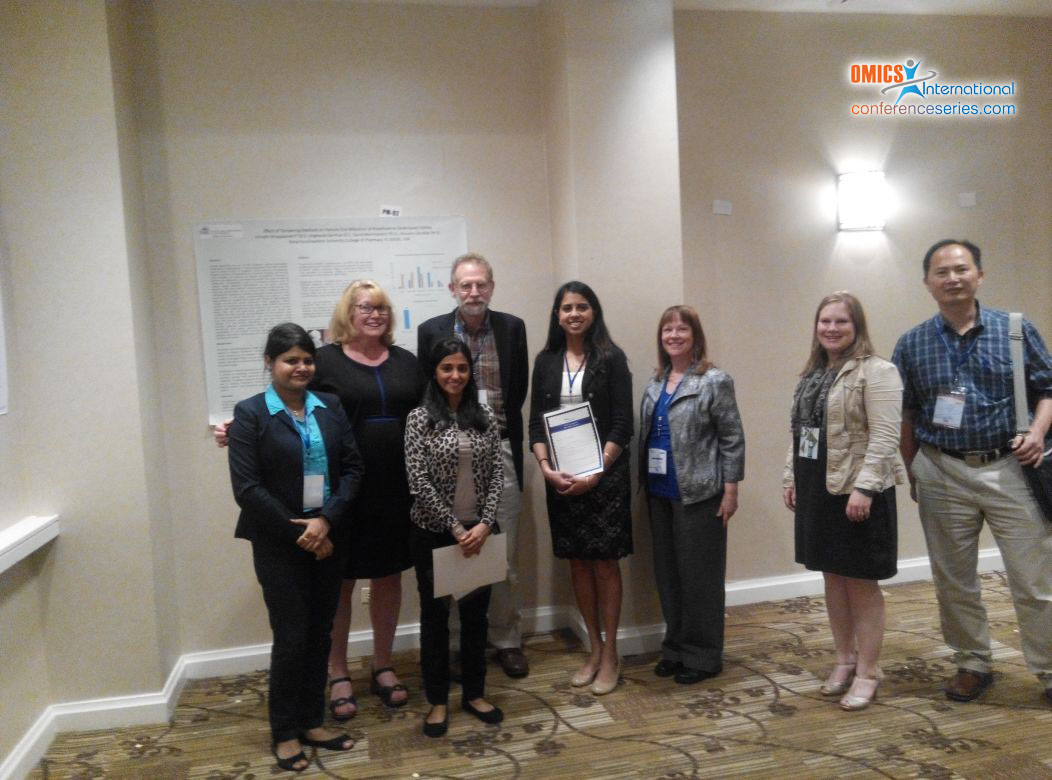
Michael M.C. Lai
China Medical University
Taiwan
Title: Host factors for influenza virus replication
Biography
Biography: Michael M.C. Lai
Abstract
Influenza is a growing global concern threatening human health worldwide. Its prevention is compromised by the rapid evolution of the virus and lack of a universal vaccine. The effectiveness of influenza treatment is also limited by the scarcity of good antiviral agents and emergence of resistant viral strains. Host factors required for influenza virus replication may provide alternative targets for antiviral or anti-influenza agents. To this end, we performed several rounds of pooled genomic RNAi screening to identify host factors involved in influenza virus infection, replication and pathogenesis. Besides the previously reported factors involved in virus entry, we identified additional factors involved in other viral replication steps, including a E3 ubiquitin ligase ITCH, which is required for virus uncoating (the release of viral RNP from the endosome during virus entry). This protein is incorporated into endosome together with incoming virion, and ubiquitinates viral M1 matrix protein, thereby releasing viral RNA into cytosol and the nucleus. Several RNA-binding proteins involved in RNA transcription and/or replication have also been identified. Interestingly, several of these proteins are also ubiquitin ligases and interact with viral RNA polymerases. Surprisingly, several specific cell surface membrane proteins are also required for virus entry, suggesting that the binding of virion to sialic acid residue alone is not sufficient to trigger virus entry. They may be involved in the virus internalization steps. The detection and characterization of these factors give new insights into the mechanism of viral replication and provide potential new targets for antiviral drugs.



